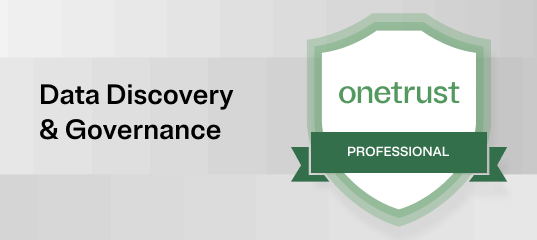The growing capabilities and accessibility of artificial intelligence (AI) tools are making them an indispensable part of the modern “corporate toolbox.” Just as marketing and communications teams are using AI tools to mine customer data for market opportunities, security teams are turning to AI tools to maintain a competitive advantage in their operational environment.
AI algorithms, for example, allow security professionals to analyze vast amounts of security data for signs of internal or external attacks, or to identify activities of third-party suppliers that may pose risks to the company’s security environment. AI tools can also be used to scan networks for vulnerabilities, automate tasks involved in incident responses, and identify anomalies that may indicate malicious activity.
In this post, we’ll look at the ways that security professionals can get the most benefit from using AI tools to create and maintain a robust corporate security environment.
Learn more about privacy and risk management in the age of AI in our webinar Building your AI inventory: Strategies for evolving privacy and risk management programs.
How to prompt AI for security use
The key to using an AI model to detect and identify security threats is to provide it with instructions that define the task you need its algorithm to perform, a process known as prompting. Here are some guidelines for how to get the most effective results from your AI prompts.
- Specify your security objectives clearly and simply: Write prompts that will detect and identify threats of particular interest. Vague or ambiguous prompts will lead to inaccurate results.
- Define the scope of the security task: Provide a network IP range or specify which devices should be accessed, for example.
- Provide context: Give the AI context about the environment and the security challenges you’re facing using relevant, industry-specific language.
- Ask for analysis and recommendations: Instead of just requesting raw data, ask the AI to analyze the data and make recommendations. Ask it to identify specific security threats and suggest mitigation strategies.
- Review and validate AI results: AI models can make mistakes. They should be used in conjunction with human review and decision-making.
How to create pattern recognition to remove manual processes
The growing preference to use AI tools in place of manual, human-based analyses stems from the abilities of machine learning (ML)-based algorithms to analyze huge amounts of data quickly and efficiently, identify patterns indicative of potential security threats, and make predictions to help security teams respond to future threats — all without getting tired, hungry or distracted. The ML algorithms can also detect threats in real-time, allowing them to stop attacks before they can cause damage.
Data discrepancies or attack chains can sometimes be too subtle or too dispersed in time for humans with limited time or data analysis skills to recognize. Humans can also be biased in their thinking, which can cloud their judgment when analyzing data. ML algorithms, by contrast, can review data for tell-tale patterns of intrusion more objectively.
Here are some of the ways that your security team can use ML pattern-recognition algorithms to strengthen and complement manual, human-based analyses.
- Analyze network traffic for suspicious activity: ML algorithms can detect unusual patterns such as traffic spikes, changes in access, or requests for access not related to duties.
- Analyze security logs to identify potential attacks: ML algorithms can analyze security logs to identify incidents such as failed log-in attempts or unauthorized access to sensitive data.
- Analyze user behavior to identify insider threats: ML algorithms can detect unusual insider threats such as attempts to access sensitive data or exfiltrate data from your organization.
- Analyze social media data to identify potential threats: ML algorithms can analyze social media data to identify potential threats of violence or terrorist activity.
ML algorithms, however, should never be used without review by human security analysts. While algorithms operate on data and patterns, humans are better equipped to interpret and apply real-world context to ML outputs. ML algorithms are limited by the data they’re trained on and may not be able to make decisions consistent with common sense or human values. Generally, a partnership between AI tools and your security staff will provide the greatest opportunity for developing creative and appropriate solutions to unforeseen security events.






















